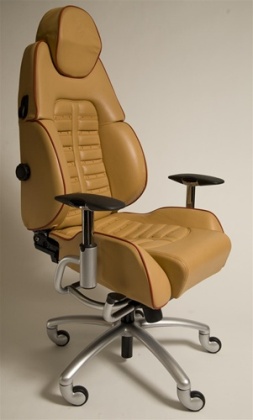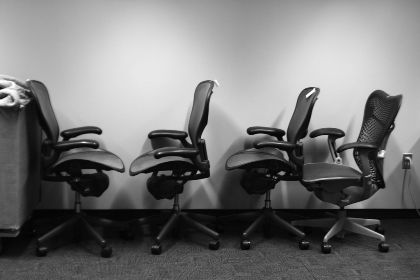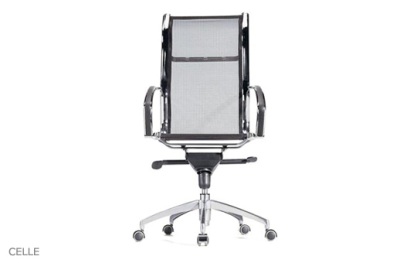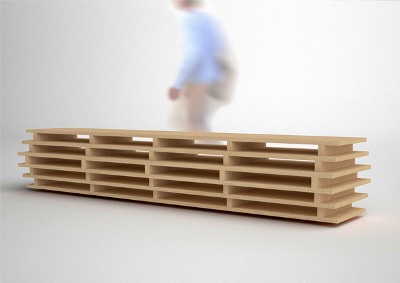Posted by: Mitchell H. Kirsch
Category: Cubicle Life
Relationships at Work: Managing the Minefield.
Admit it, it’s crossed your mind: the idea of having romantic relationships at work appeals to you, besides, you think Denise at Accounting has been giving encouraging signs, being a little too liberal with the office Post-its (see video above).
Join the club: Careerbuilder.com’s 2009 survey finds that four out of ten workers cop to dating a colleague at work, with three out of ten saying they ended up married to the person.
CareerBuilder.com’s Rosemary Haefner isn’t surprised by the results. “Employees spend many hours interacting with co-workers, so it’s not unusual for romances to spark,” says Haefner, who works as the site’s Vice President of Human Resources. “While workplace relationships may be more accepted these days, with 72 percent of workers saying they didn’t have to keep their romance a secret, it’s still important for workers to keep it professional and not let their relationship impact their work.”
“Keep it professional” – that’s easier said than done. Regardless of 72 percent acceptability levels, maintaining successful romantic relationships at work is a minefield, not just for the couple but for the whole office.
Part of it is the power equation that simply cannot be erased from the office context: relationships at work are as much about authority as they are about cooperation.
Employment lawyer Edward Hernstadt illustrates the problem: if things go south, an employee can always tell the law that she felt compelled to date the boss. “The supervisor will say, ‘I just asked you to go on a date,’ but the subordinate says, ‘I felt I couldn’t say no,'” recounts Hernstadt.
An office policy that sets the rules of legitimate relationships at work? This might sound positively authoritarian, but today’s litigious environment might force HR’s hand. Many offices now ask office couples to sign a “love contract” that spells out that their relationship is consensual and untied to company matters – this frees human resources from worrying about potential litigation in the future in case the relationship sours.
It’s a little less romantic, but it’s a very practical step to take for burgeoning relationships at work. And it saves the office a lot of Post-its in the process.







